When compared to last year's model, the Pixel 4a has upgrades that go beyond the spec sheet. But since it's one generation old, 2019's Pixel 3a can be had for one hell of a discount right now, and it's still got two full years of software updates coming its way. So which one really is the better buy?
Whether it's useful features like car crash detection or extra camera capabilities like dual exposure and live HDR+, the 4a definitely has the 3a beat. But the question is, are these extra features and incremental hardware upgrades enough to turn down the deals you could get on a 3a? We're hoping it'll be easier to figure that out once you see the discrepancies listed in black and white.
- Don't Miss: Full Google Pixel 4a Spec Sheet & Feature List
Comparison Chart

Dallas Thomas/Gadget Hacks
1. Live HDR+
One of the negatives of HDR+ is the fact that what you see in the viewfinder isn't how the final image appears. This is usually a good thing as HDR+ improves the photo, but since you can only make adjustments based on what you see in the viewfinder, it can be harder to set up your shot.
Live HDR+ on the Pixel 4a solves this. Using the machine learning algorithm called HDRnet, the Pixel 4a's viewfinder is able to emulate the HDR+ post processing so you can set up your photo accordingly. First introduced in the Pixel 4, this feature has not made its way to the Pixel 3a.
2. Dual Exposure
Another new camera feature in the Pixel 4a is dual exposure. Touch an empty portion of the viewfinder to reveal two toggles, "Brightness" and "Shadows." This new dual slider system replaces the single "Brightness" slider on the Pixel 3a and 3a XL.
The "Brightness" slider works in the same manner as the Pixel 3a's single slider, adjusting the photo's overall exposure. The new "Shadows" affects only the dark areas, allowing to boost or suppress details, depending on your vision. These are great tools for those looking for artistic control.
3. Long Exposure
The Pixel 4a uses the latest version of Night Sight, Google's low light photography mode. Beyond machine learning enhancements, there's new hardware that enables four times longer exposure times on the Pixel 4a. With such long exposure, the Pixel 4a's camera can take in more light, allowing for detailed images of the night sky or surrounding area without the need for additional lighting.

The type of image possible with the Pixel 4a's Night Sight mode.
4. Snapdragon Elite Gaming
With the upgrade to the Snapdragon 730G system on a chip comes with a few perks, one of which is Snapdragon Elite Gaming. This is a suite of features that improve mobile gaming. The Pixel 4a doesn't include all the components but does have anti-cheat extensions, jank reducer, HDR gaming, and improved color.
5. Qualcomm AI Engine 4th Gen
While the Pixel 4a doesn't have access to the custom Visual Core for fast image processing, it does have Qualcomm's AI Engine to help with computation. This is used in all AI-enhancement features of the phone, from voice dictation to Live HDR+. While both the Pixel 3a and 4a use the Qualcomm AI Engine, the version included in the Pixel 4a is the latest generation, which is three times faster than its predecessor.
6. Premium Perks
While not a feature in the traditional sense, one benefit of buying a Pixel 4a is the premium perks. Unlike the Pixel 3a, Google is incentivizing purchase of the Pixel 4a, and it is not just for early users.
Buy and activate the Pixel 4a before April 30, 2021 to get the following free three-month subscriptions: YouTube Premium (YouTube with background play and no ads), Google Play Pass (access to hundreds of premium games and apps), and 100 GB of Google One. Since Google One manages Photos, Drive, and phone backups, it replaces the free original backup of photos once provided to Pixel users.
7. Car Crash Detection
The Pixel 4a comes preinstalled with the latest version of the Personal Safety app. The big new feature is car crash detection. Using the various sensors in your Pixel 4a, a loud alarm will be played whenever an accident is detected. If there is no response, it will automatically call 911 and provide your location to emergency services.
8. Netflix HDR
Despite its fantastic OLED panel, the Pixel 3a was limited to non-HDR content for all but YouTube. The smartphone never received Netflix's certification to allow for HDR content.
The Pixel 4a has this certification. With a minimum of 25 Mbps and a premium subscription, any HDR content hosted by Netflix can now be enjoyed on your phone up to 1080p resolution.
9. Recorder with Assistant
The Pixel 4a has Google Assistant 2.0, both the new UI and its features. Among other things, this means you can start and stop voice recordings and even save and search for files using the Assistant within the new Recorder app. The following phrases will let you control the app on the 4a, but none will work on the 3a:
- "Start a voice recording "
- "Stop voice recording"
- "Save voice recording with title" and then your title
- "Search voice recording for" and then your keyword
10. More Wireless HD Codecs
Just because the phones come with a 3.5 mm jack doesn't mean you can't use wireless headphones. The Pixel 4a makes this process better by adding support for two additional HD codecs: LDAC and AAC. LDAC is considered the best codec, able to deliver up to 990 kbps at 24 bit/96 kHz.
11. Faster USB Port
Both the Pixel 3a and Pixel 4a have a USB Type-C port. However, the port included in the Pixel 3a used the much slower USB 2.0 standard, which has a maximum data rate of 480 Mbps. The Pixel 4a upgraded to USB 3.1 Gen 1, previously known as SuperSpeed+, which has a data rate of 10 Gbps.
12. Faster Internal Storage
Replacing the embedded multimedia card (aka eMMc) found in the Pixel 3a is the much faster Universal Flash Storage (UFS) 2.1 standard on the Pixel 4a. UFS can read and write simultaneously, using multiple lanes to move data around the internal storage, while eMMc could only do one at a time. Additionally, the peak speed of UFS is more than double that of eMMc, which means not only can it do more at once, but it can be done faster as well.
13. Better Hearing Aid Compatibility
Smartphones that are compatible with a hearing aid are given two ratings, M and T. The M refers to how well a phone works with a hearing aid in the microphone setting. The higher the M number, the better the experience, with the highest rating being M4. Both phones share an M3 rating.
Where the improvements come is in the T rating, where the Pixel 4a scored a T4. This rating indicates that Pixel 4a exceeds the ANSI standard for those using their phone while their hearing aid is in telecoil mode.
Cover image and screenshots by Dallas Thomas/Gadget Hacks








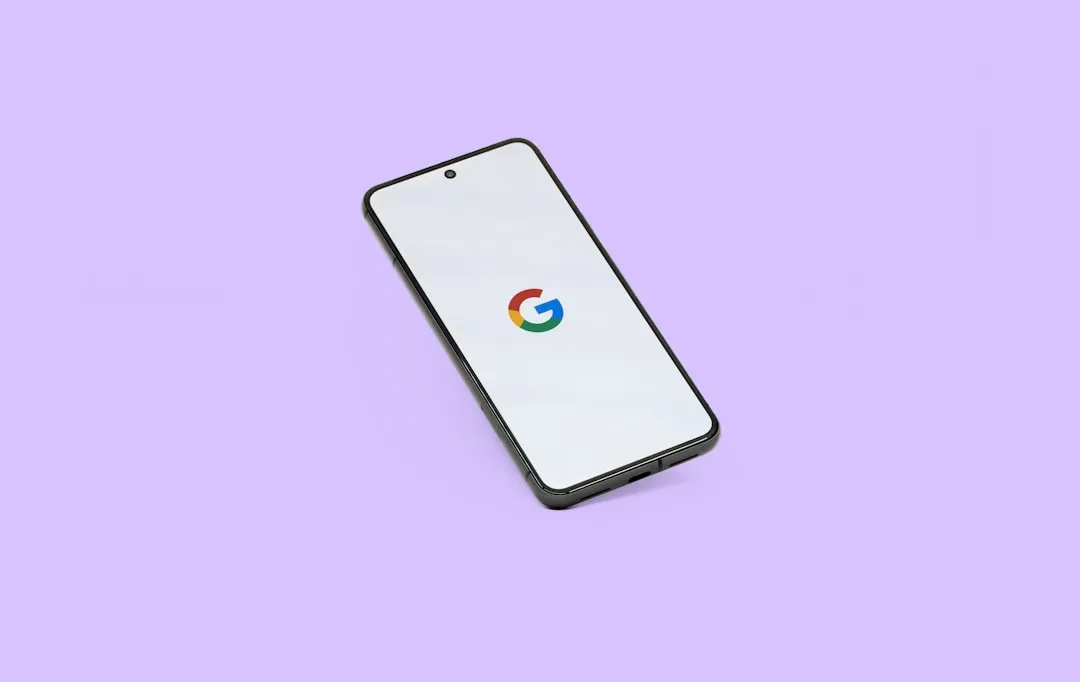

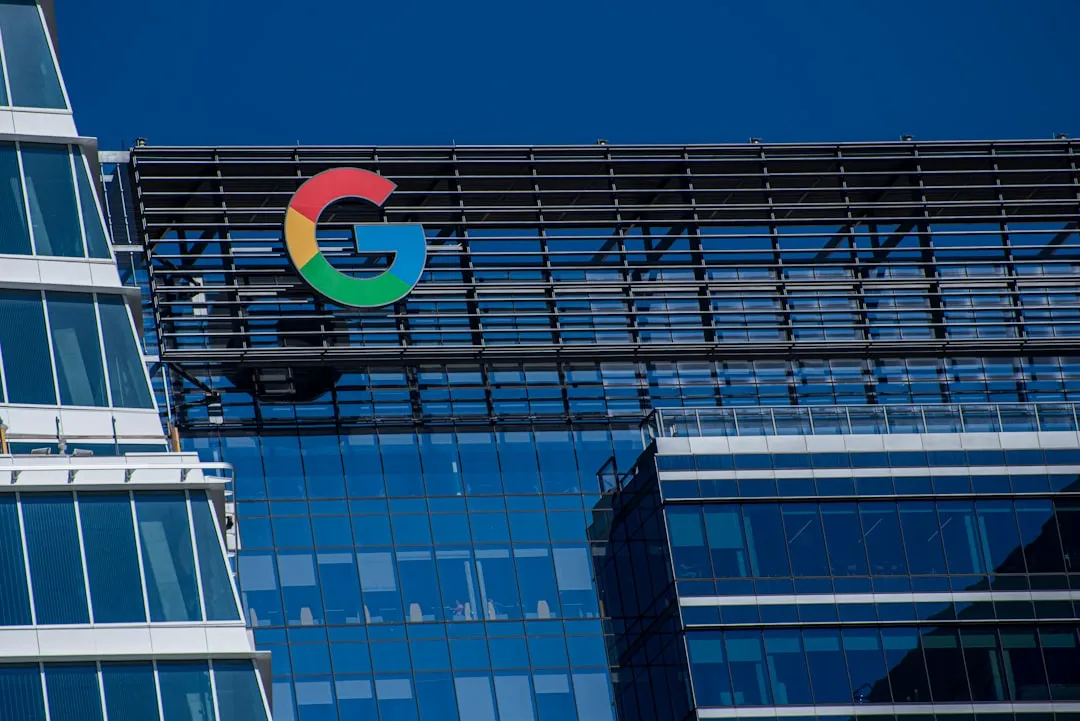
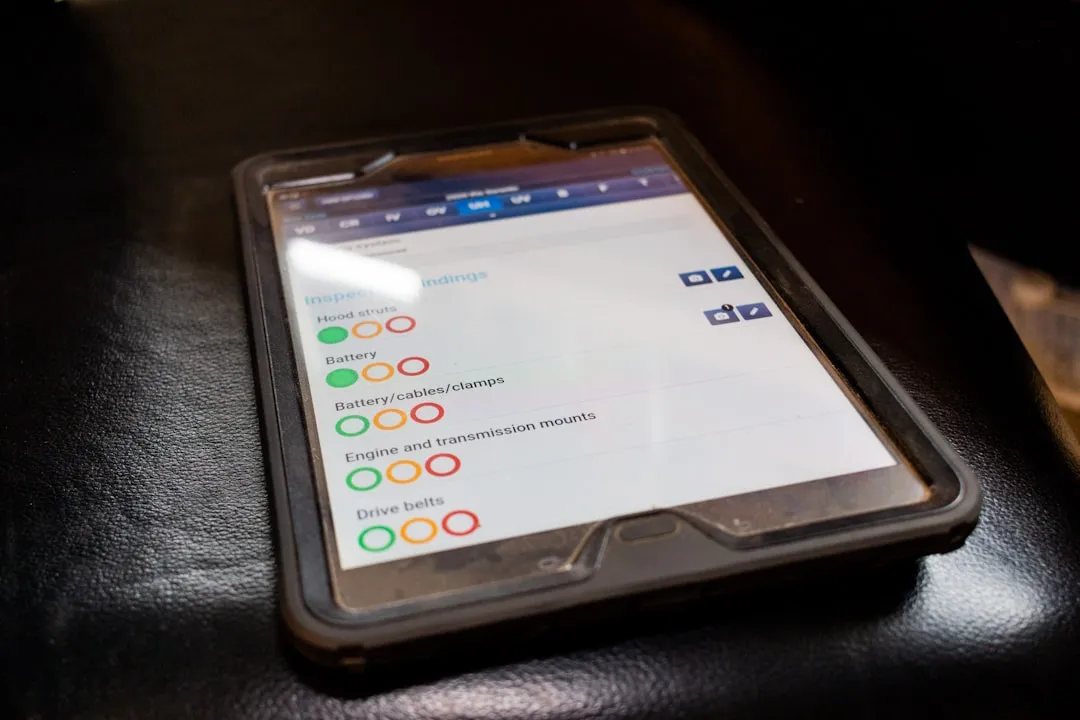







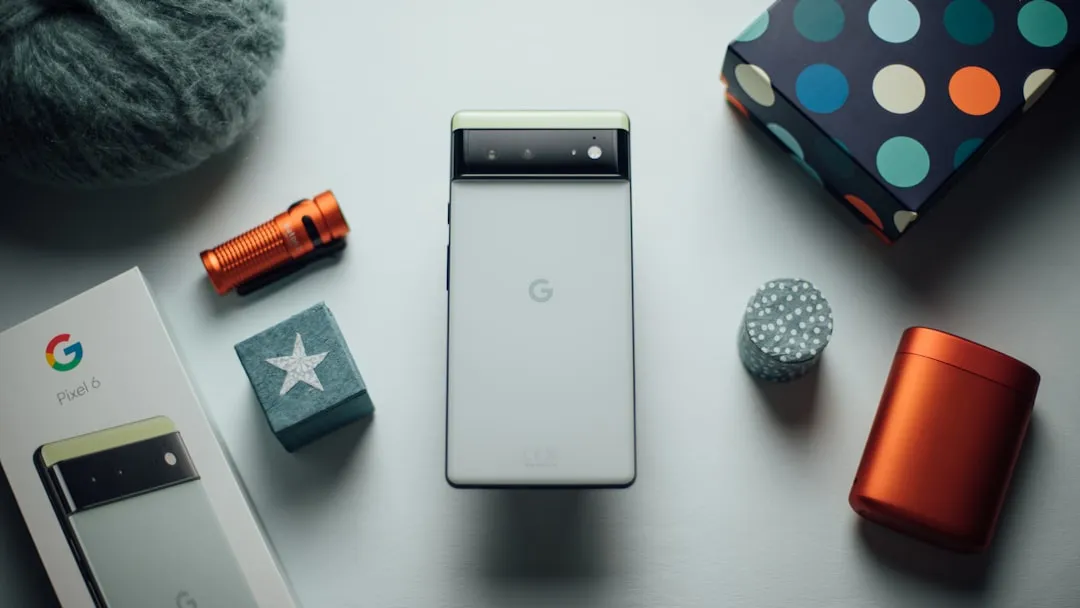
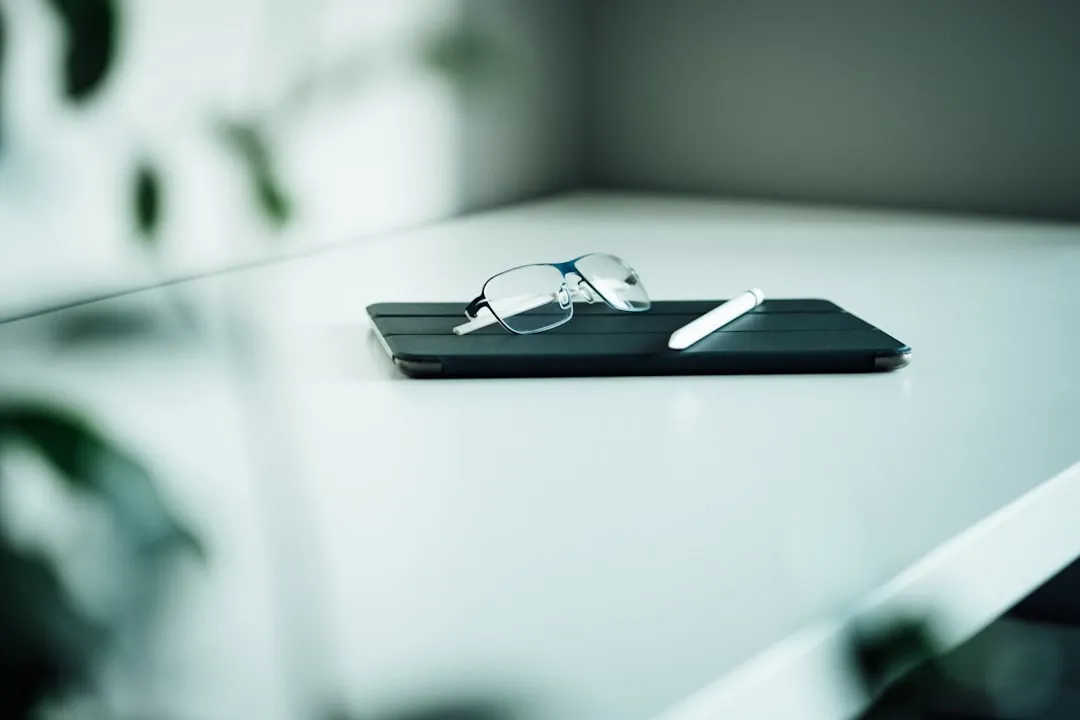

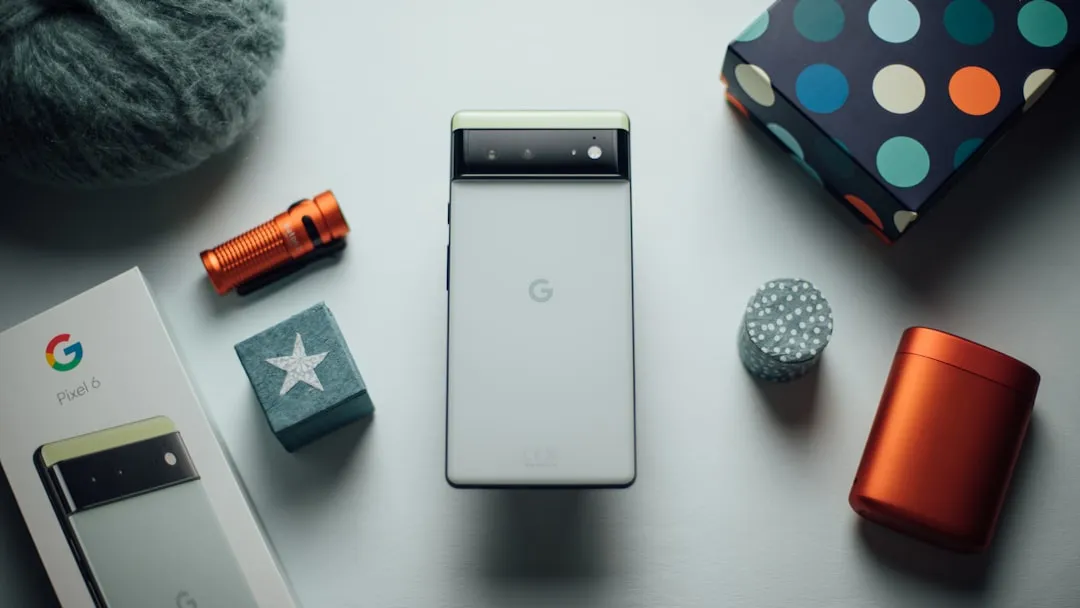
Comments
Be the first, drop a comment!